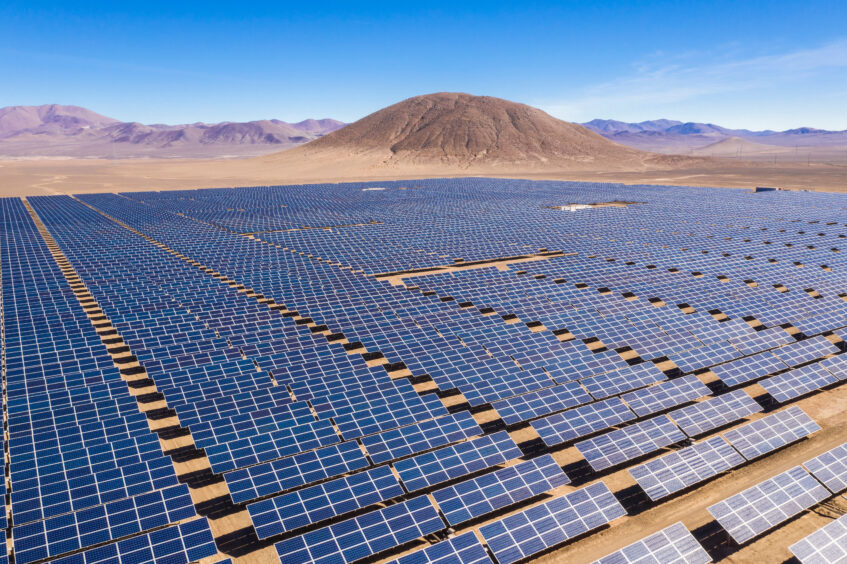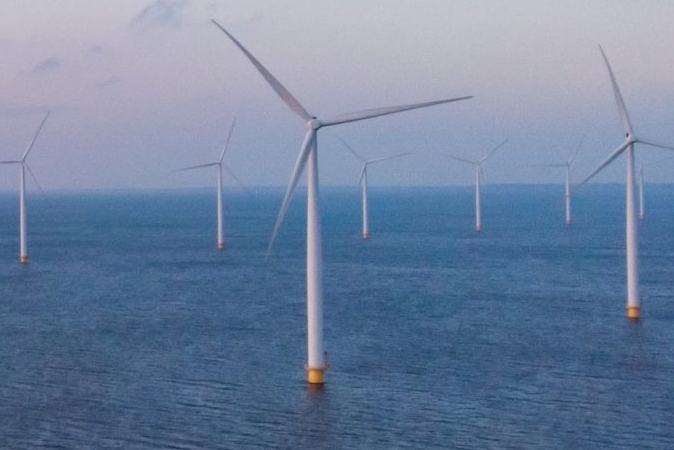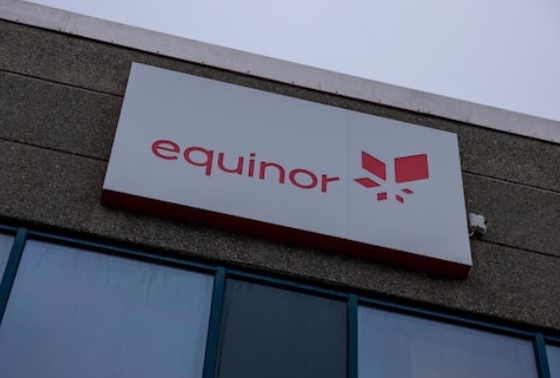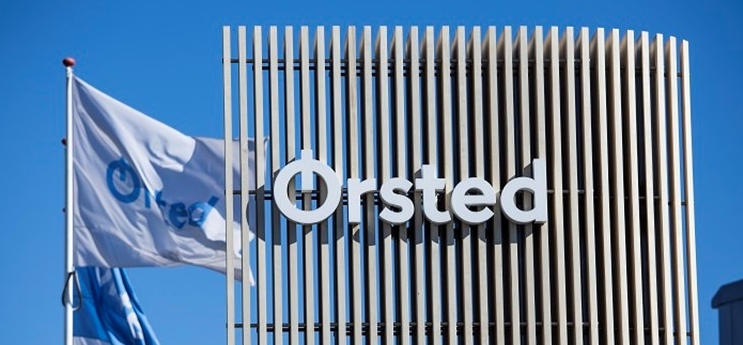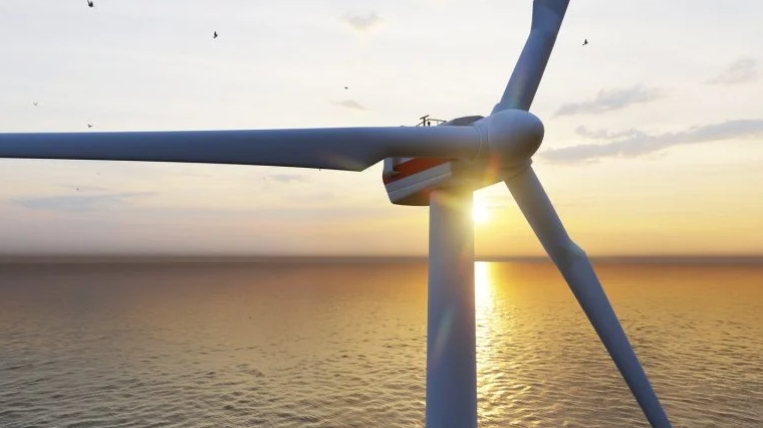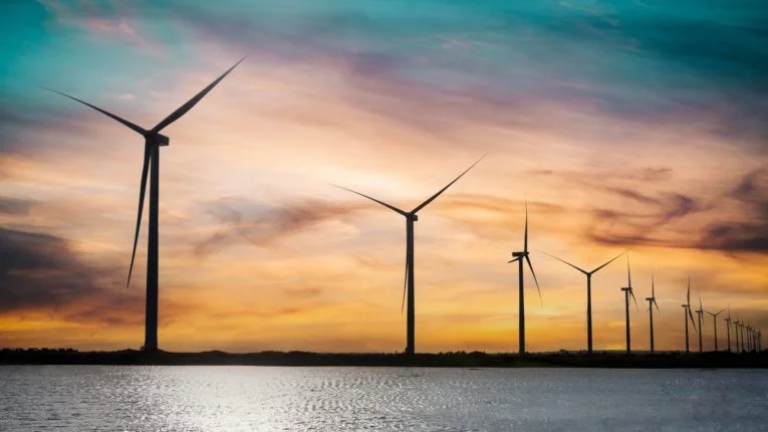China broke ground on an 80 billion yuan ($11 billion) renewables project in Inner Mongolia, part of a massive clean-power rollout to achieve the nation’s ambitious climate targets.
China broke ground on an 80 billion yuan ($11 billion) renewables project in Inner Mongolia, part of a massive clean-power rollout to achieve the nation’s ambitious climate targets.
The project, located in the Kubuqi Desert, will have 16 gigawatts of power capacity when completed, according to a statement by China Three Gorges Group, one of the two builders.
It will be able to transmit 40 billion kilowatt-hours of electricity to Beijing, Tianjin and Hebei province annually, with more than half from clean power, according to a report by state media Xinhua News.
The facility is set to become the world’s largest renewable project in a desert region, the company said. It ultimately will include 8 gigawatts of solar and 4 gigawatts of wind energy, plus 4 gigawatts of upgraded coal power to adjust for peak demand, according to Xinhua.
The clean energy base is part of China’s plan to build 450 gigawatts of renewable power, mainly in spacious hinterlands, and the country last month announced it had started building 95 gigawatts in the first phase. China aims to have 1,200 gigawatts of wind and solar power by 2030, the year the country aims to peak carbon emissions.
China Three Gorges didn’t give a time frame for the Inner Mongolia project’s completion, but said the current construction phase includes 1 gigawatt of solar capacity equipped with energy storage.
The energy base is one of 22 renewable power projects that Three Gorges launched on Wednesday, with a combined planned capacity of 19.6 gigawatts and total investment of 101 billion yuan, according to a statement by the State-Owned Assets Supervision and Administration Commission.
